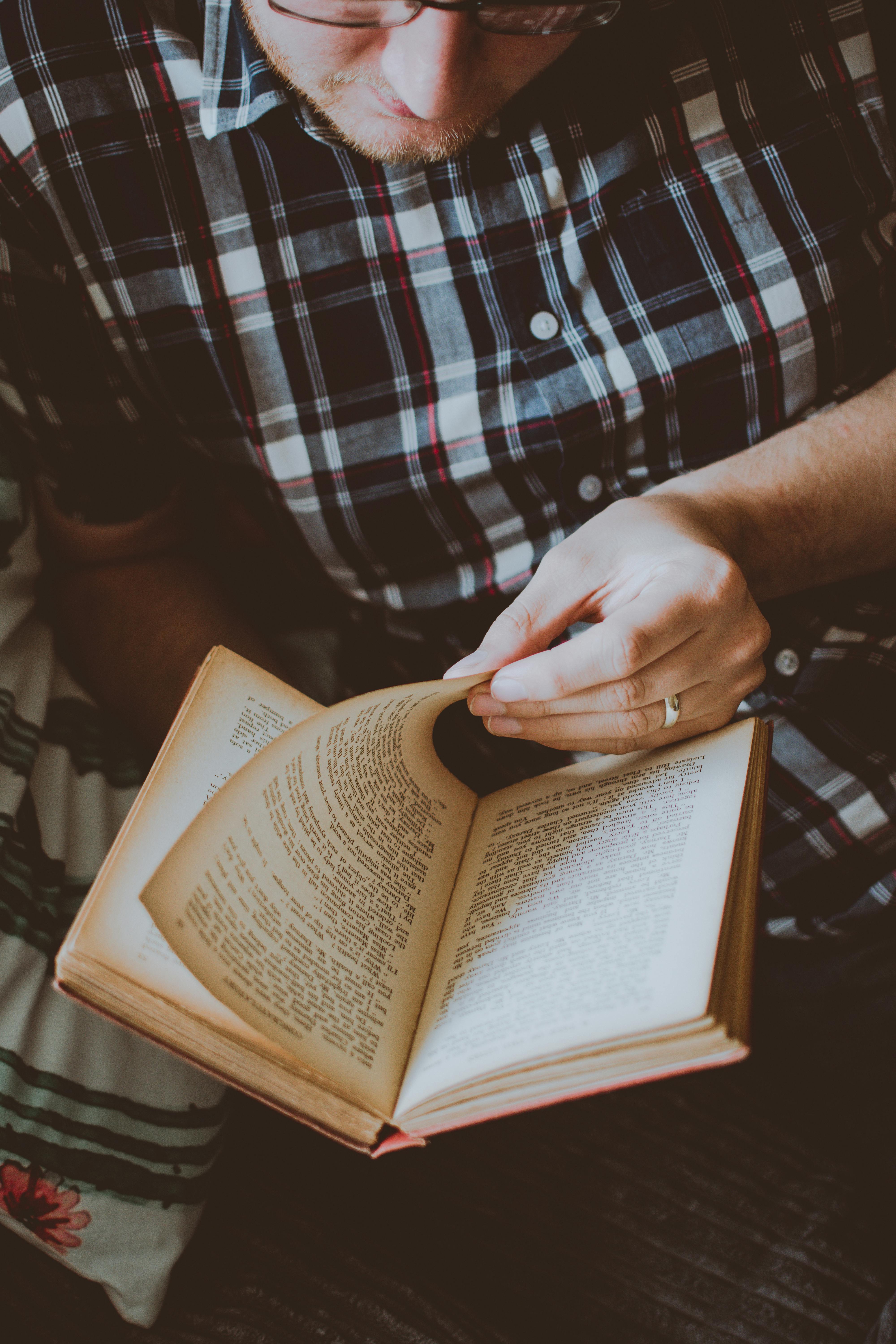What Paper Is Good for Making Boxes?

Cardstock is a popular choice for making boxes due to its durability and versatility. It is a thick, stiff paper that can withstand folding and creasing without tearing or bending excessively. The density of cardstock also allows it to hold its shape well, making it ideal for creating rigid boxes with straight edges. In addition, cardstock comes in a wide range of colors and textures, giving you the flexibility to choose a finish that suits your project's aesthetic. You can also add embellishments or decorations to the cardstock before cutting out the box design, which allows for creative expression and personalization. When selecting cardstock for making boxes, look for a weight of at least 80-100 gsm (grams per square meter). This will ensure that the paper is sturdy enough to hold its shape and withstand handling without bending or tearing.
What Is Coated Paper?

Coated paper (also known as enamel paper, gloss paper, and thin paper) is paper that has been coated by a mixture of materials or a polymer to impart certain qualities to the paper, including weight, surface gloss, smoothness, or reduced ink absorbency.
Glossy paper, commonly referred to as coated paper, features a layer of material applied to one or both sides during manufacturing. This coating can be made from substances like clay, kaolin, or silica, serving multiple purposes. It enhances the printed image's appearance by providing a smooth, glossy finish. Additionally, it improves print durability by reducing scratches and scuffs. The coating also affects ink absorption, crucial for accurate colors and preventing bleed-through in multi-page documents.
What Is Hagaki Paper And Why Is It So Special?
Hagaki paper refers to a specific size of inkjet paper that measures 4" x 4". You can use a 4" x 6" postcard or photo print sized paper to print images, but cut the paper appropriately to create a true hagaki print. There are also larger versions of hagaki prints. Japanese postcards measure an irregular 3.94" x 5.83".
Hagaki Paper: A Traditional Japanese Writing Paper for Handwritten Letters Hagaki paper is a unique type of traditional Japanese writing paper specifically designed for sending handwritten letters, known as hagaki (), to friends and family. For centuries, this paper has played an integral role in Japanese communication culture. Characterized by its soft texture and subtle sheen, Hagaki paper is intended to showcase the sender's beautiful handwriting and artwork. Traditionally, these papers are handmade from mulberry bark or cotton fibers, giving them a distinct texture and durability. The smooth surface of the paper allows for precise inkwork, making it an ideal choice for calligraphy, brush paintings, and other forms of artistic expression.What Is PE Coated Paper Used For?
Applications of PE Coated Papers Food Packaging: From fast food wrappers to frozen food packaging, PE-coated papers are widely used in the food industry due to their ability to preserve freshness and prevent contamination.
PE Coated Paper: Enhancing Properties for Various Applications PE coated paper, also known as polyethylene-coated paper, is a specialty paper treated with a thin layer of polyethylene (PE) to boost its properties. This coating process renders the paper resistant to moisture, grease, and other liquids, making it an ideal material for various applications. In food packaging, PE coated paper is particularly useful for processed foods like snacks, crackers, and confectionery products. The PE coating acts as a barrier against moisture and oxygen, preserving the product's flavor and texture. Additionally, the coating prevents grease and other contaminants from seeping into the packaging, ensuring a clean and safe eating experience. In pharmaceutical and medical applications, PE coated paper is used for wrapping medication packaging, medical gloves, and surgical gowns. The PE coating provides an impermeable barrier against moisture and contamination, maintaining the integrity of packaged products. Furthermore, PE coated paper is employed in industrial settings, including manufacturing facilities, laboratories, and construction sites. It serves as a protective covering for equipment, machinery, and surfaces. The coating's resistance to chemicals, abrasion, and moisture makes it an effective material for protecting against corrosion and damage.What's The Fancy Stuff Called?
Cardstock is a robust type of paper that surpasses regular paper in terms of thickness and durability. It is frequently employed for various creative pursuits, including scrapbooking, crafting, and other projects where a sturdy foundation is required. Cardstock comes in a diverse array of colors and textures, encompassing glittery, metallic, and textured finishes. The weights of cardstock available vary from 80-300 gsm (grams per square meter). The weight of the cardstock depends on its intended use and desired texture. For instance, lighter-weight cardstock is suitable for general crafting projects, whereas heavier-weight cardstock is better suited for creating cards or other paper crafts that necessitate greater stability. In summary, cardstock is a versatile and widely used material among crafters and artists due to its durability and extensive range of colors and textures.What Is Cardboard Used For?

Paperboard is a thick, lightweight, and durable material made of compressed paper fibers. It is commonly used for food packaging, cosmetics, and pharmaceuticals. Cardboard, on the other hand, is a thicker and stiffer material made of multiple layers of paper and sometimes includes additional materials like plastics.
Canson Mi-Teintes is a heavy stiff paper used to create cardboard box inserts, partitions, and dividers. Made from a blend of cotton and wood pulp fibers, it offers exceptional strength and durability. The unique texture and stiffness of Canson Mi-Teintes make it ideal for creating custom boxes with precise folds and cuts, perfect for protecting fragile items or separating different products within a single box.What Paper Is Good For Making Boxes?
Cardstock or construction paper are excellent options for making boxes. Cardstock is a sturdy, thick paper that can hold its shape and provide structural support to the box's walls. It's available in various weights, colors, and textures, making it an ideal choice for crafting unique and creative boxes. Construction paper, on the other hand, is a bit more flexible than cardstock but still retains its rigidity when folded and creased correctly. Its texture is often rougher than cardstock, giving it a distinct look and feel that can add to the overall aesthetic of your box creations.What's The Difference Between Sauerkraut Brand Society (SBS) And Kraft?
Coated Unbleached Kraft (CUK) Whereas SBS is white throughout, CUK is made from unbleached virgin kraft fiber, which imparts a natural brown color.
The differences between SBS (Synthetic Branched Sulfonate) and Kraft fibers lie in their production processes, properties, and applications. SBS fibers are produced through a process called sulfur dioxide treatment, which involves reacting sulfite pulp with sulfur dioxide to create a branched polymer. This results in stronger and more durable fibers with improved wet strength and resistance to degradation. SBS fibers are commonly used in hygiene products such as baby diapers, adult incontinence products, and feminine care products. Kraft fibers, on the other hand, are produced through the kraft process, which involves cooking wood chips or pulpwood in a solution of sodium hydroxide (NaOH) and sodium sulfide (Na2S). This process breaks down the lignin, releasing the cellulose and hemicellulose fibers. Kraft fibers are typically used in papermaking, packaging materials, and specialty papers. In summary, SBS fibers offer superior wet strength and durability due to their branched polymer structure, making them ideal for hygiene products that require high absorbency and reliability. In contrast, Kraft fibers are better suited for applications where strength and resistance to degradation are less critical, such as in papermaking and packaging materials.What Is A Box Made Of Paper Called?
Whether you look at a rigid box, a folding carton box, or a corrugated box, it will be made from paper pulp with various thicknesses available. Folding cartons are also known as paperboard boxes or paperboard cartons and are among the most common that you see when at a retail store. A classic example is a cereal box.
A box made of paper is commonly referred to as a "paperboard box" or a "pulpboard box." Paperboard is a type of paper that has been processed and formed into sheets of varying thickness, which can then be cut and creased to create the shape and structure of a box.What's The Best Cardstock For Making Boxes?

An eighty-pound weight is usually the best cardstock for making boxes. You can obviously play with the cardstock weight a little bit depending on what you plan to put inside the box.
The Best Cardstock for Making Boxes: A Guide to Your Options The best cardstock for making boxes depends on several factors, including the desired appearance, durability, and budget. Here are some popular options: Cover weight cardstock is ideal for creating sturdy boxes with a professional finish. This thick, smooth paper (typically 80-100 gsm) is available in a wide range of colors and textures. Cereal box board is a cost-effective option for making simple, lightweight boxes. This thin, corrugated cardboard (around 30-40 gsm) is perfect for small, everyday storage needs. Watercolor cardstock offers a unique texture and subtle color variation, making it suitable for artistic or decorative purposes. Its thickness (usually around 80-100 gsm) makes it ideal for creating unique, one-of-a-kind boxes. Ultimately, the best cardstock for making boxes depends on your specific needs and preferences. Consider factors like durability, printability, and aesthetic appeal when choosing the perfect cardstock for your project.What's The Significance Of Thickness: 110 Lb Cardstock Vs 130 Lb Cardstock?
undefined
The primary distinction between 110 lb cardstock and 130 lb cardstock lies in their respective weights and textures. Cardstock weight refers to its thickness, measured in pounds per ream (a standard unit of measurement). The higher the weight, the thicker and more sturdy the cardstock. 110 lb cardstock is a medium-weight cardstock, suitable for most crafting and printing applications. It offers a nice balance between durability and flexibility, making it an excellent choice for projects that require some structure but still need to be foldable or bendable. The texture of 110 lb cardstock is generally smooth, with a slight tooth (a subtle ridging) that helps prevent ink from feathering. 130 lb cardstock is a heavy-duty, thick-gauge material designed for projects where extra stability and rigidity are crucial. This weight is often preferred for applications such as making sturdy boxes, folders, or presentation materials that require a high level of durability. The texture of 130 lb cardstock tends to be more dense and less toothy than its 110 lb counterpart, providing an even smoother finish. In summary, the key differences between 110 lb and 130 lb cardstock are their weights, textures, and intended uses. While both can be suitable for various projects, the choice ultimately depends on the specific requirements of your application.What Weight Cardstock Is Best For Making Boxes?
280gsm is a very popular weight for cardstock used in cardmaking. Many people would use thicker card, 300gsm and above for 3d projects like making card boxes or gift boxes.
For making sturdy and professional-looking boxes, it's essential to choose the right weight of cardstock. The ideal weight depends on the size and purpose of the box. A good starting point would be to use a 120-150 gsm (grams per square meter) cardstock, which is suitable for making small to medium-sized boxes that need to hold a moderate amount of weight. This weight can be used to make gift boxes, storage containers, or packaging for small items. For larger or more heavy-duty boxes, such as shipping boxes or display cases, consider using a heavier cardstock with a weight of 200-250 gsm. This will provide extra strength and durability to support the contents and withstand handling. The choice of cardstock weight depends on your specific needs and the intended use of the box. By selecting the right weight for your project, you can ensure that your boxes are both functional and visually appealing.Lucas Ramirez
Lucas Ramirez is an urban explorer and fitness advocate who shares tips on shredding trails and staying active in the city at CityShredders.com.
